Saint Peter’s tomb and archaeological findings
- News
- 10 Jan 2014
 Archaeologist Paolo Lorizzo, an Oriental Studies graduate and a postgraduate in Egyptology at the Sapienza University of Rome, has recently written on “Zenit.it” about the burial of Saint Peter in the Vatican Necropoli, a burial which is confirmed by literary sources and by archaeological findings.
Archaeologist Paolo Lorizzo, an Oriental Studies graduate and a postgraduate in Egyptology at the Sapienza University of Rome, has recently written on “Zenit.it” about the burial of Saint Peter in the Vatican Necropoli, a burial which is confirmed by literary sources and by archaeological findings.
Every historian worthy of the name knows that Peter died a martyr’s death during the reign of the Roman emperor Nero in 64 AD, in the “Circus of Nero”, that he was buried not far from the place of his martyrdom, and that over his grave emperor Constantine ordered the building of the Old Vatican Basilica at the beginning of the IV century. Literary sources can help us piece together what happened after the martyrdom; to start with, there’s the account of Clement, the leader of the Christian Roman community of the I century, who describes the persecution by Nero, of which Peter was one of the many victims. Two texts dating back to the II century, the “Ascension of Isaiah” and the “Apocalypse of Saint Peter”, confirm that the death of Peter took place in Rome with the martyrdom by Nero in 64 AD. Moreover, the presence in Rome of the Apostle is supported by the fact that nobody in the past has ever claimed to have his tomb, which is a sign that the sources that focus their attention in the area of the capital are in fact reliable.
Speaking about the tomb of the Apostle, it is also useful to read the accounts of Eusebius, a Church historian of the III-IV century who quotes a Roman presbyter, Gaio, who had defined the burial as the “trophy” of Peter in Vatican. Painstaking researches aimed at confirming the literary sources was carried out, under the Pontificate of Pius XII starting in 1939.
Archaeologists found an ancient necropolis, located parallel to the Circus of Nero, which emperor Constantine decided to fill with earth at the beginning of the IV century to level out the ground for the future Basilica. Directly below the Papal altar they also found a series of monuments and altars constructed over the monument built by order of Constantine between 321 and 326 – before the construction of the Old Basilica – directly on the site of Peter’s tomb. Therefore, the Constantine monument comprised three existing monuments: the graffiti wall, with ancient inscriptions and many epigraphs which show the high degree of devotion of believers of thate time; the red wall-; the aedicula with an ancient grave on the ground – called “terragna” – which is the foundation above which all of these monuments were built. However, they found this grave empty.
The findings of Margherita Guarducci, whose researches were carried out from 1952 to 1965, played a key role in the process of reaching the certainties that we now hold: she studied the graffiti wall noticing the overabundant presence of the «name Peter, expressed through the letters P, PE, PET and usually joined with the name of Christ, with the symbol of Christ, with His initials and with the name of Mary and, above all, the great recurrence on the wall of praises in honour of the victory of Christ, of Peter and Mary. There also were writings in memory of the Holy Trinity, of Christ as the second Person of the Trinity, and so on. The whole Theology of the time was on that wall».
In September 1953 the Italian archaeologist discovered Peter’s bones: they originally lay in the grave called “terragna”, as the Tradition of the Church had always claimed. However, Constantine decided to move them inside a niche – a loculos faced with marble (porphyry, to be exact) – in the graffiti wall, the wall built in honour of Peter; they were folded in a precious cloth and placed in the loculos. During the researches of the 40s nobody noticed the presence of these bones – entirely covered with detritus – with the exception of a pious man, Monsignor Kaas, who was concerned that these remains wouldn’t be treated with the respect they deserved, and therefore secretly ordered them to be stored elsewhere for safe-keeping. It is only “by chance” then, that a friend of Margherita Guarducci, anthropologist Venerando Correnti, decided to examine these bones stored in a box in a safe place in the “Grotte Vaticane”; he thought there was something curious about them and consulted the archaeologist Guarducci. The results of the examination showed that they belonged to a man in his sixties and of compact build. Moreover, there were traces of soil compatible with the soil contained in the grave “terragna”; this proves that the remains had indeed been contained in that grave before the move into the loculos by Constantine. Another examination of the loculos of the graffiti wall – also known as wall “g” – led the archaeologist to find out a graffito in Greek that reads “Here is Peter”.
It was pope Paul VI in 1968 who announced that the relics were those of the Apostle Peter and this claim was never proven to be wrong. In 1953, in Jerusalem, two archaeologists discovered an ossuary of a Christian community of Jerusalem, with some very familiar Biblical names on it: “Shimon Bar Yonah“, that is to say, the original Biblical name of the disciple Peter, together with Jesus, Joseph, Judas, Matthew, Martha, Mary and Mariame. Some protestants and anti-clericals claim that this is the proof that Peter wasn’t buried in Rome, but the scientific community rejected this theory, mainly because it wouldn’t have made any sense to refer to Peter with his original name and not with “Cefa” or “Peter”.
The editorial staff


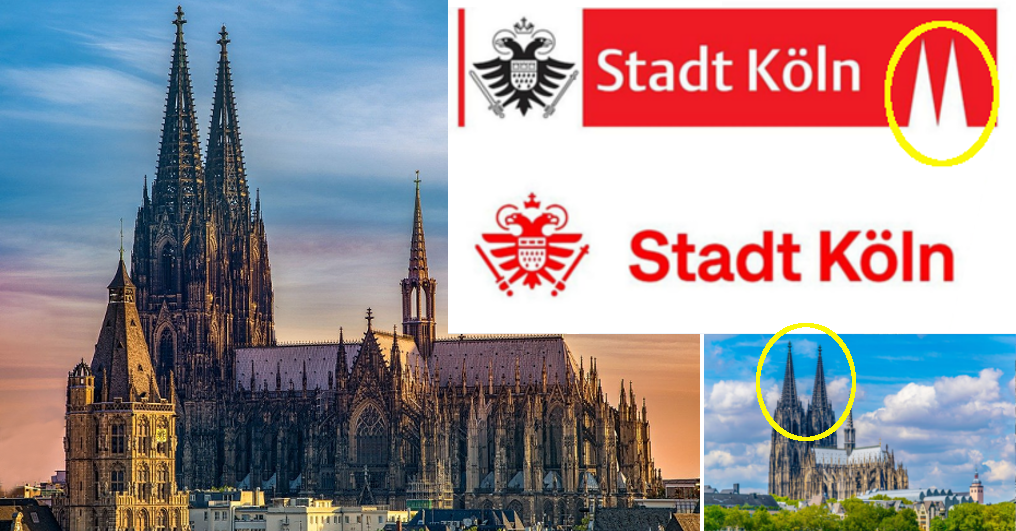
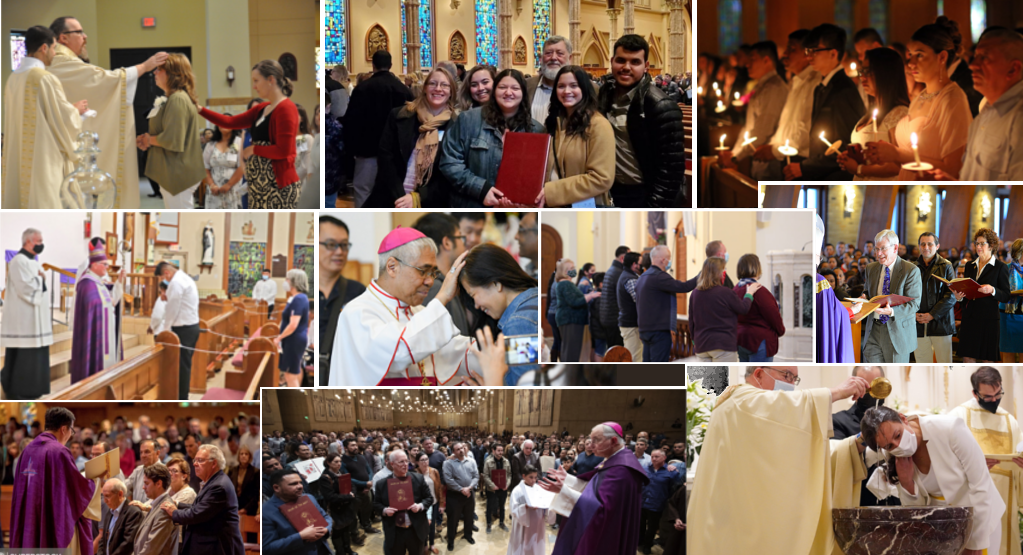
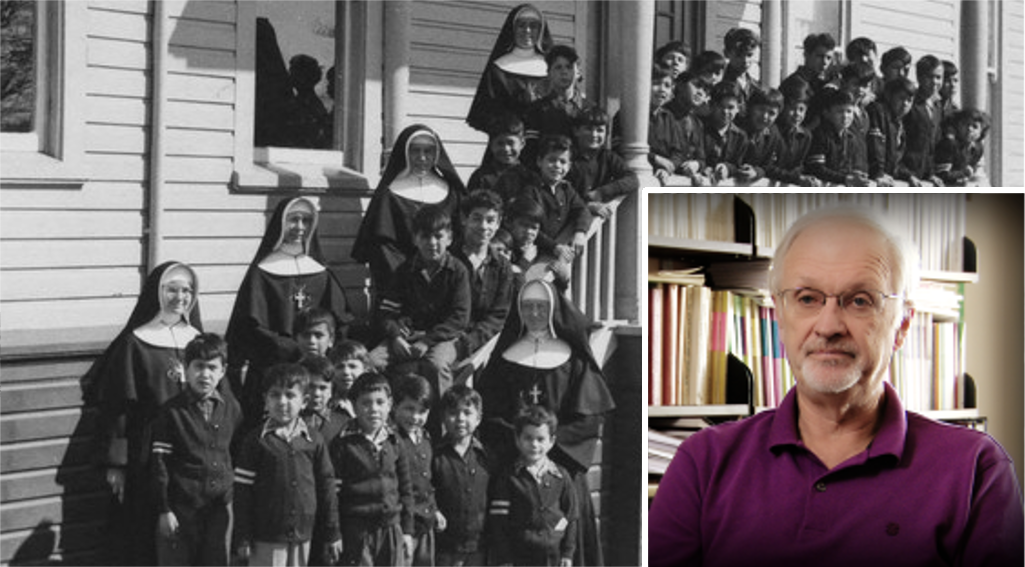




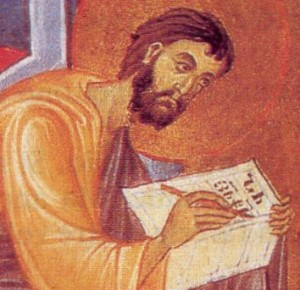
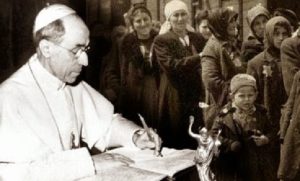
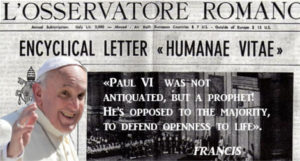

0 commenti a Saint Peter’s tomb and archaeological findings